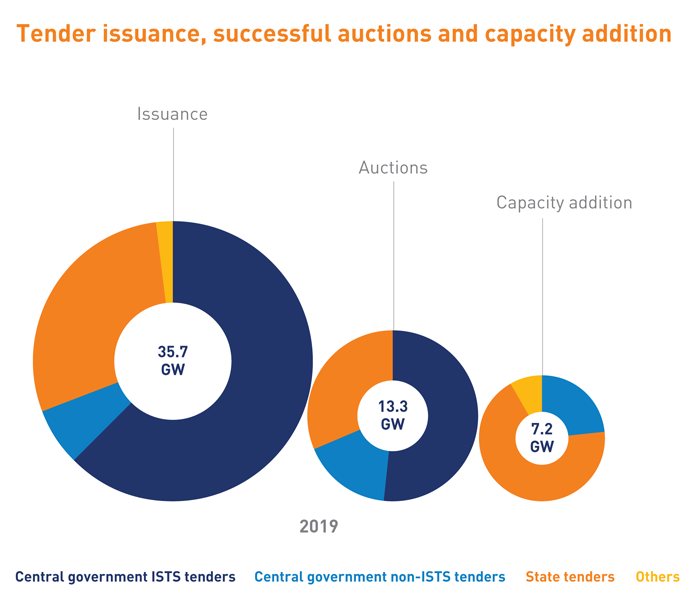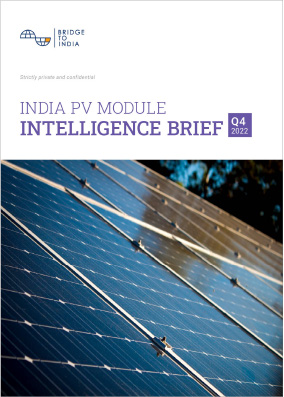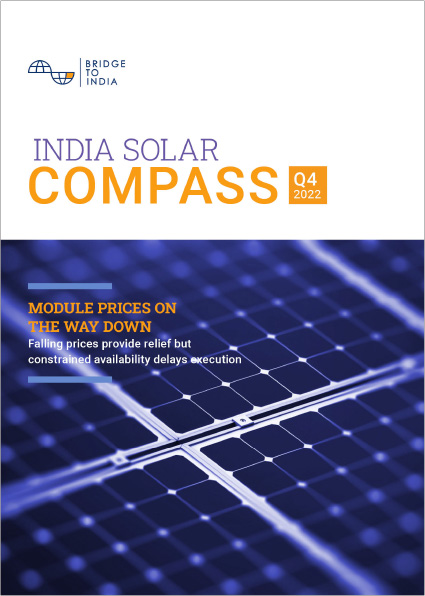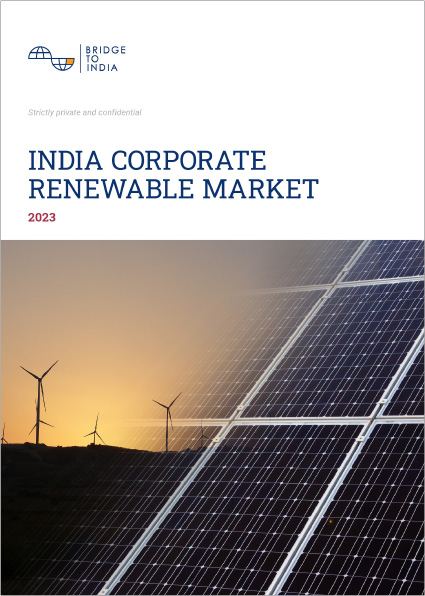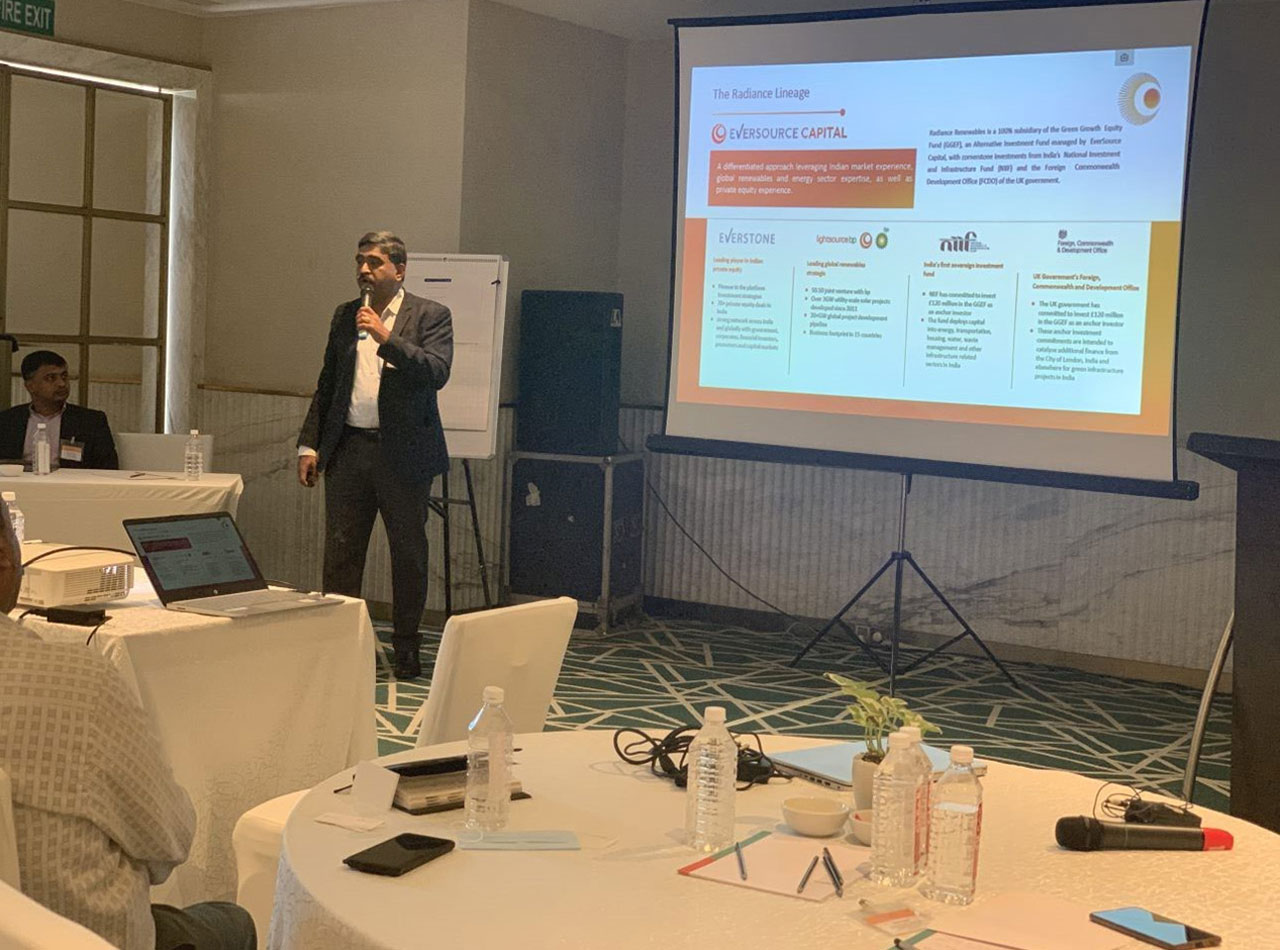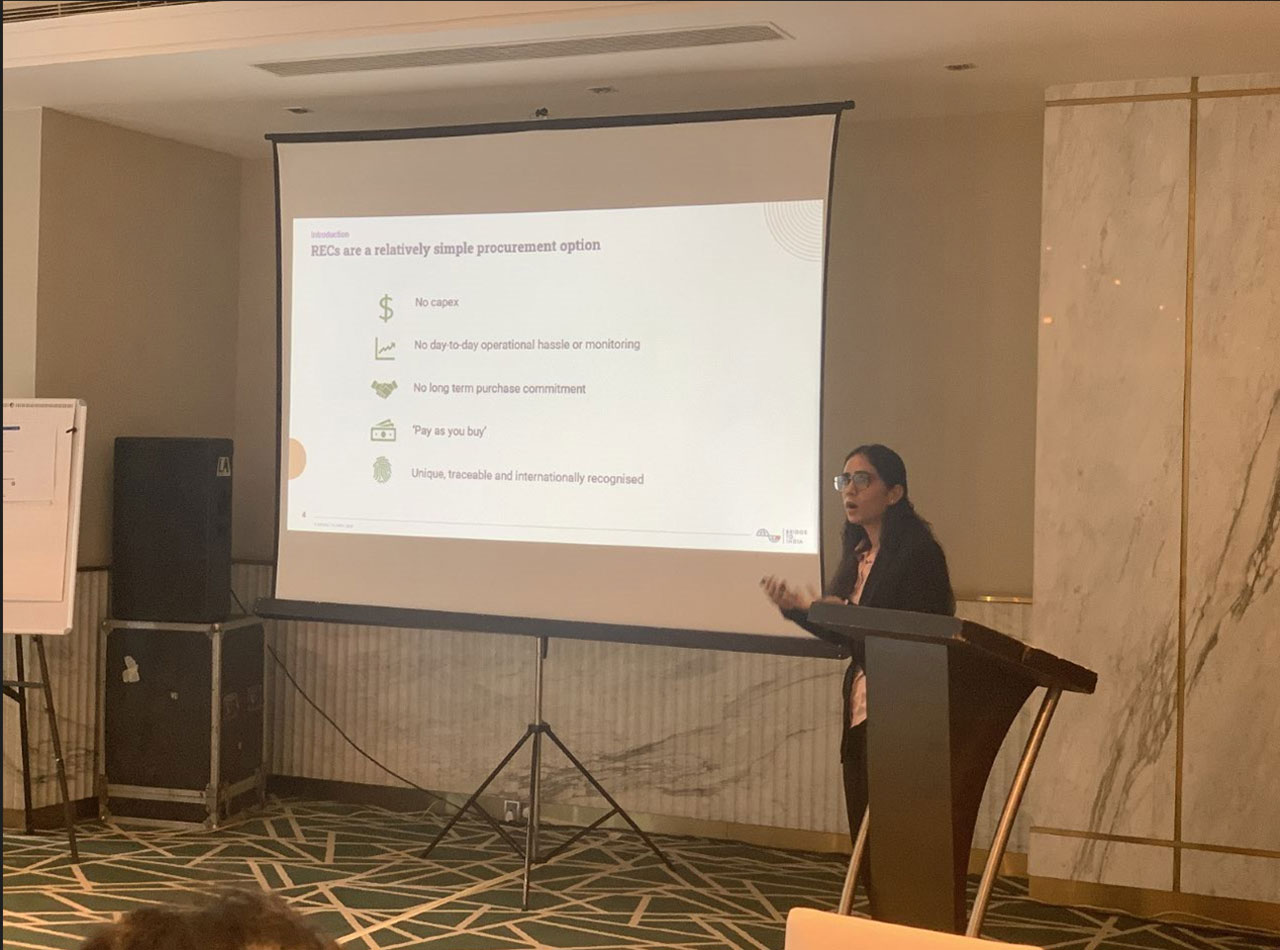India’s operational utility scale solar capacity reached 30,982 MW on 31 December 2019. Only 7,150 MW of new capacity was added during 2019, up a modest 9.1% over 2018 capacity addition. Total project pipeline stands at 20,220 MW. Despite a flurry of new tenders, successful auctions were up by just 6.4% over the previous year at 13.3 GW as many tenders were cancelled and/ or undersubscribed.
Source: BRIDGE TO INDIA research
This info-graphic report provides break up of utility scale solar commissioned and pipeline capacity by state as well as details of annual capacity addition, tender issuance trends, player rankings and solar power penetration across the country.
Please click below for a FREE download of the full report
